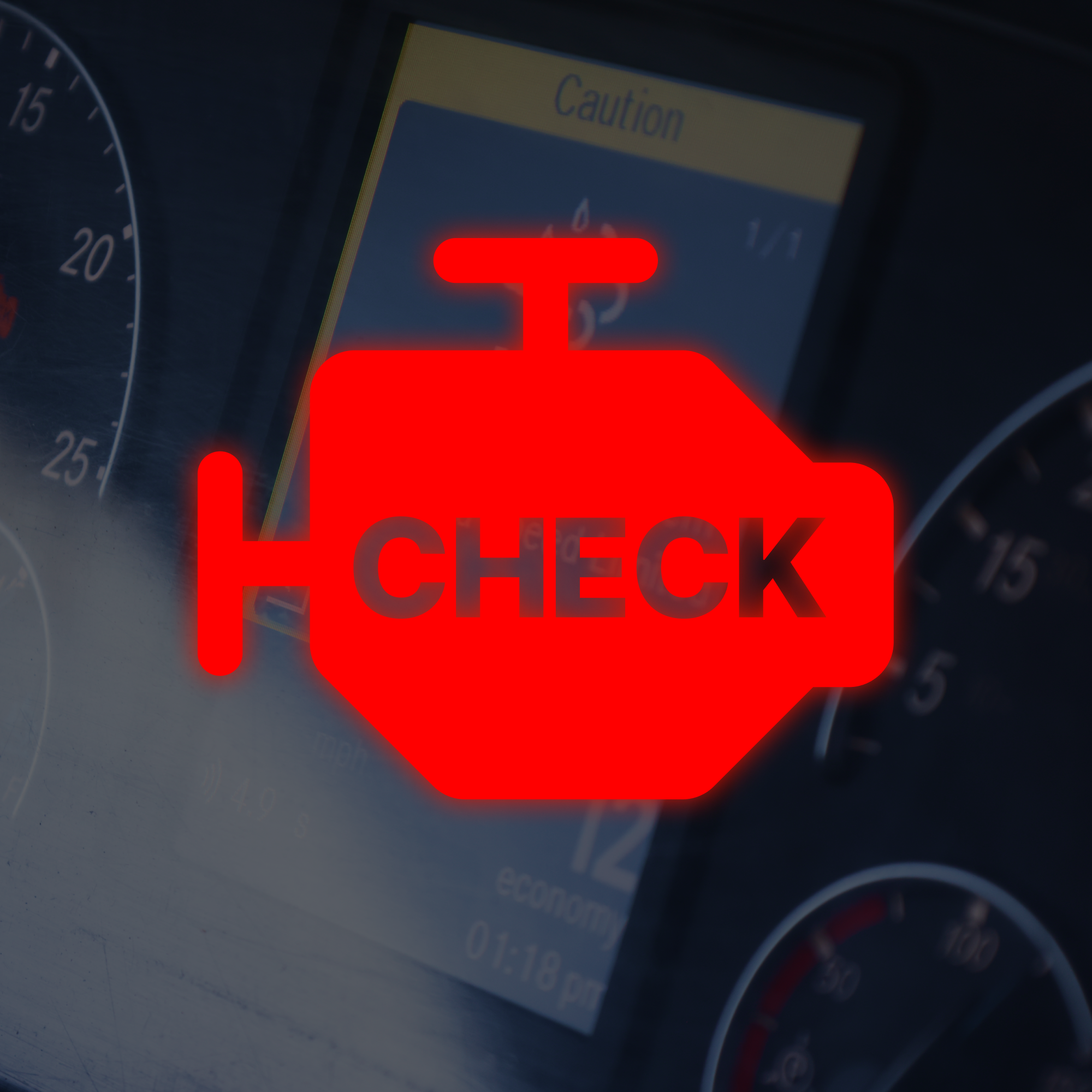It's that time of year again - spring cleaning, and not just for your home. It's time to spring clean your truck!
Many aspects of a truck need to be changed or upgraded regularly, but they are often forgotten or just pushed off during the winter months. As a result, you need to keep a close eye on maintenance parts when the spring season comes along.
Throughout the years, we have learned that these 6 items generally need to be addressed as spring approaches.
- Replace Cabin Air Filter. Do you have allergies? This is a simple and inexpensive fix that can improve the quality of the truck's cabin air. Cabin air mainly fixes the issue with fatigue and nasty odors in the cab. Another benefit of replacing your cabin air filter is to remove pollen and dust from the cab. The cabin air filter will be beneficial to your health.
- Replace Air Filter. This filter is meant to increase the way your engine breathes. A filter, such as the replacement air filter, will enhance your performance and, at the same time, the cleanliness of your engine. Every year your filter needs to be checked or replaced due to the road condition during winter months. I always recommend using the OEM filter.
- Check Suspension-Leveling Valve. This should always be checked. Remember to keep an eye on this part often. Leveling valves can fail during the cold climates. Your driveline angle on your truck is the most critical factor that, if not appropriately angled, will cause transmission differential and suspension issues. Checking your driveline angle (suspension valve) is vital in making sure your truck is ready for the spring.
- Check Transmission / Differential Fluid Levels. The fluid levels in your transmission and front and rear differentials are important to check during the springtime. I always recommend double-checking the magnetic plug to ensure it doesn't have too many metal shavings. If you find excessive shavings or large metal pieces then it may be time for service.
- Fix Ghost Fault Codes. These are the fault codes that take a long time to diagnose and you may not have time during the cold winter months to track these down. I highly recommend you research fault codes and fix them before they cause further issues. You may need an update on your engine or aftertreatment computer to fix these ghost codes. Visit truckfaults.com for more information about fault codes.
- Check A/C System. When temperatures are on the rise it's important not to neglect to check your entire A/C system. Your A/C system is important to keep maintained because you are going to need this system to operate comfortably on those hot summer days. I recommend replacing your air dryer once a year or every other year depending on the maintenance performed on the system. If you turn on your A/C and are not noticing cold air then you may have a low charge or a potential freon leak. I always recommend you have a spare thermometer in your tool kit to check this temp. It should be roughly 20-30 degrees lower than outside temps.
Taking care of small, inexpensive parts as you transition from winter to spring will improve the quality of your drive.
Until next time! 👋
Stay safe, stay healthy, and be blessed!





AC System 5-Part Series, Volvo Truck Edition
Below Zero Maintenance